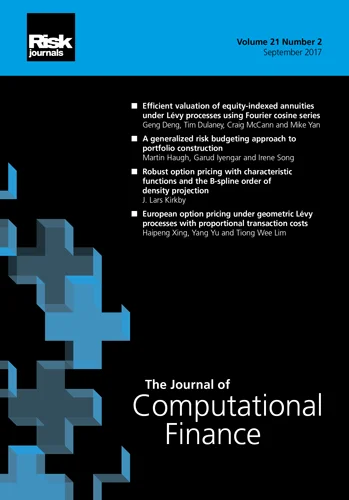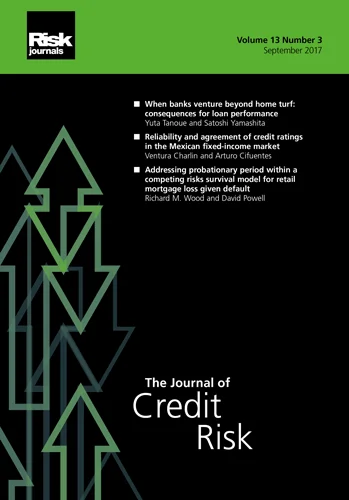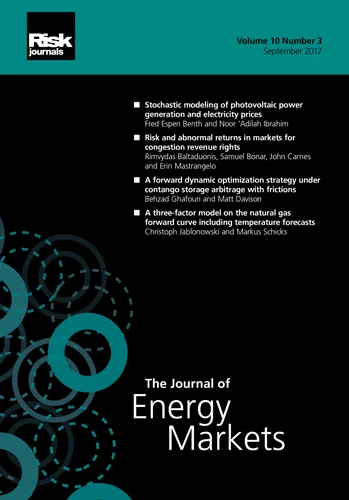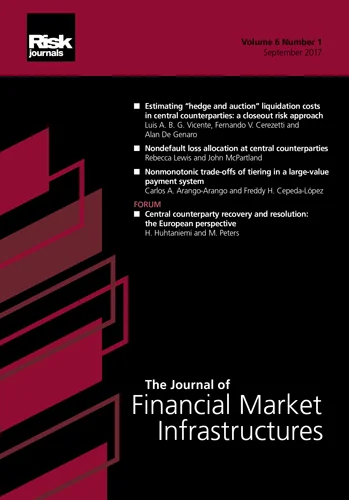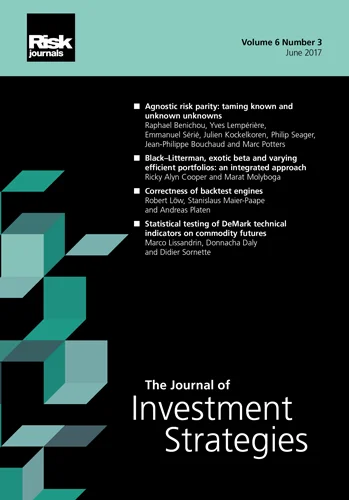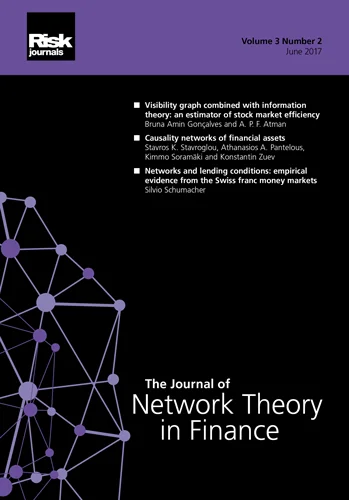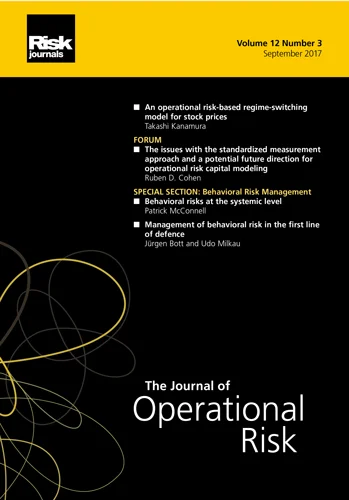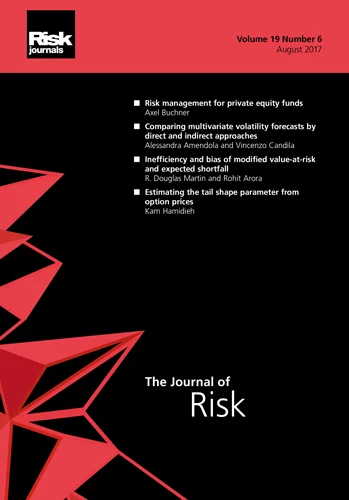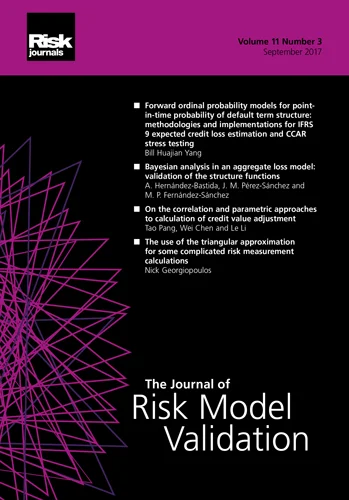Journal of Risk
ISSN:
1465-1211 (print)
1755-2842 (online)
Editor-in-chief: Farid AitSahlia
Volume 26, Number 4 (April 2024)
Editor's Letter
Farid AitSahlia
Warrington College of Business, University of Florida
The topics covered in this issue of The Journal of Risk are Bayesian estimation of value-at-risk and conditional value-at-risk; a metric to track toxic trading flows; the impact of turmoil-generated sentiment on financial markets; and optimal reinsurance and investment strategies in the presence of correlated (sub)insurance lines.
In the first paper in the issue, “Volatility-sensitive Bayesian estimation of portfolio value-at-risk and conditional value-at-risk”, Taras Bodnar, Vilhelm Niklasson and Erik Thorsén develop a new Bayesian estimation technique that exploits volatility clustering. The technique relies on estimating hyperparameters in a conjugate prior using two different rolling time windows. As a consequence, it quickly adapts to changes in volatility and makes it possible to specify the degree of certainty in the prior, which is a marked advantage over existing methods, particularly during turbulent periods.
The issue’s second paper, “Tracking toxicity in fast and complex markets” by Agnieszka Jach, introduces a new metric to track toxic order flows in high-frequency trading. This involves two toxicity indicators: one that focuses on a single asset and another that accounts for asset comovements. This measure is based on combing an order imbalance measure known as volume probability of informed trading (VPIN) with the thick pen measure of association (TPMA). The new metric is updated in real time and avoids look-ahead bias. It is shown empirically to track flash crashes based on Dow Jones Industrial Average data.
In “The impact of economic sentiment on financial portfolios during the recent turmoil”, our third paper, Thibault Bougerol and Julien Fouquau assess the impact of the Covid-19 pandemic and the Russia–Ukraine crisis on financial markets. The authors follow a dictionary-based analysis of sentiment expressed via tweets and they capture contemporaneous effects on 11 out of 13 sectors (with utilities and consumer staples being the only exceptions). Their further findings suggest the sentiment index they develop for portfolio construction has a reasonable forecasting accuracy.
The final paper in the issue, “Optimal time-consistent reinsurance and investment strategies for multiple dependent types of insurance business and a unified investment framework” by Peng Yang, addresses the variety of insurance sub-businesses (eg, auto, home, liability) that an insurer must reinsure in addition to their main insurance business while simultaneously managing a portfolio of investments. Yang follows a dynamic mean–variance approach that accounts for the correlation between the different lines. A numerical illustration shows the impact of parameters such as claim intensity and size on various optimal strategies, and the author finds that an increase in the variety of insurance lines leads to a decrease in the reinsurance amount for the main line of insurance business.
Papers in this issue
Volatility-sensitive Bayesian estimation of portfolio value-at-risk and conditional value-at-risk
The authors put forward a new means to integrate volatility information in the estimation of value-at-risk and conditional value-at-risk which is shown to be effective in risk estimation during volatile market conditions.
Tracking toxicity in fast and complex markets
A novel means of tracking toxicity in high-frequency equity markets is put forward and demonstrated to adequately track flash crashes.
The impact of economic sentiment on financial portfolios during the recent turmoil
The authors investigate the influence of economic sentiment on financial portfolios during Covid-19 and the Russia-Ukraine conflict before conducting a portfolio management analysis on their data.
Optimal time-consistent reinsurance and investment strategies for multiple dependent types of insurance business and a unified investment framework
This paper puts forward a novel insurance and illustrate the impact of model parameters on optimal investment strategies.
